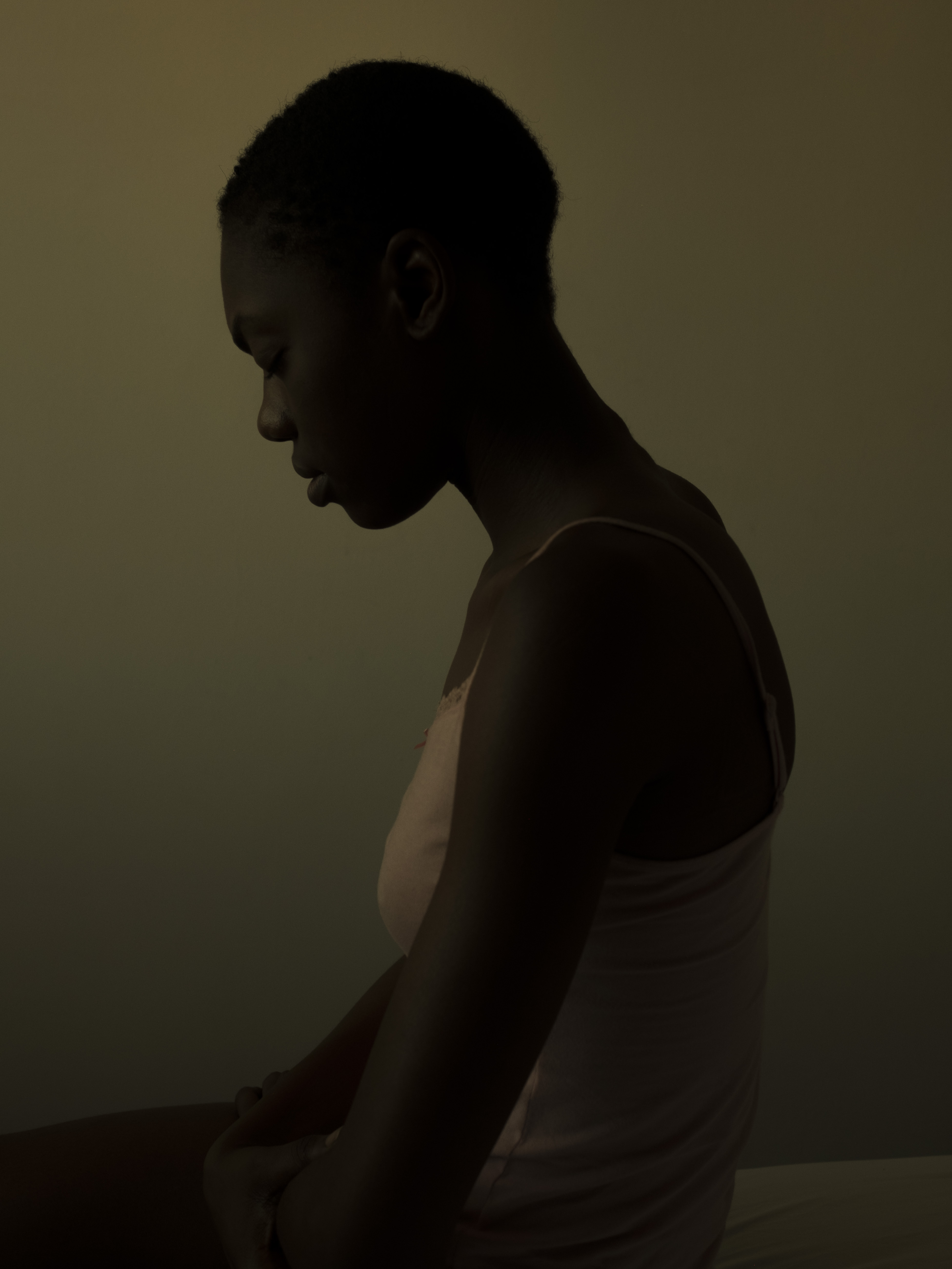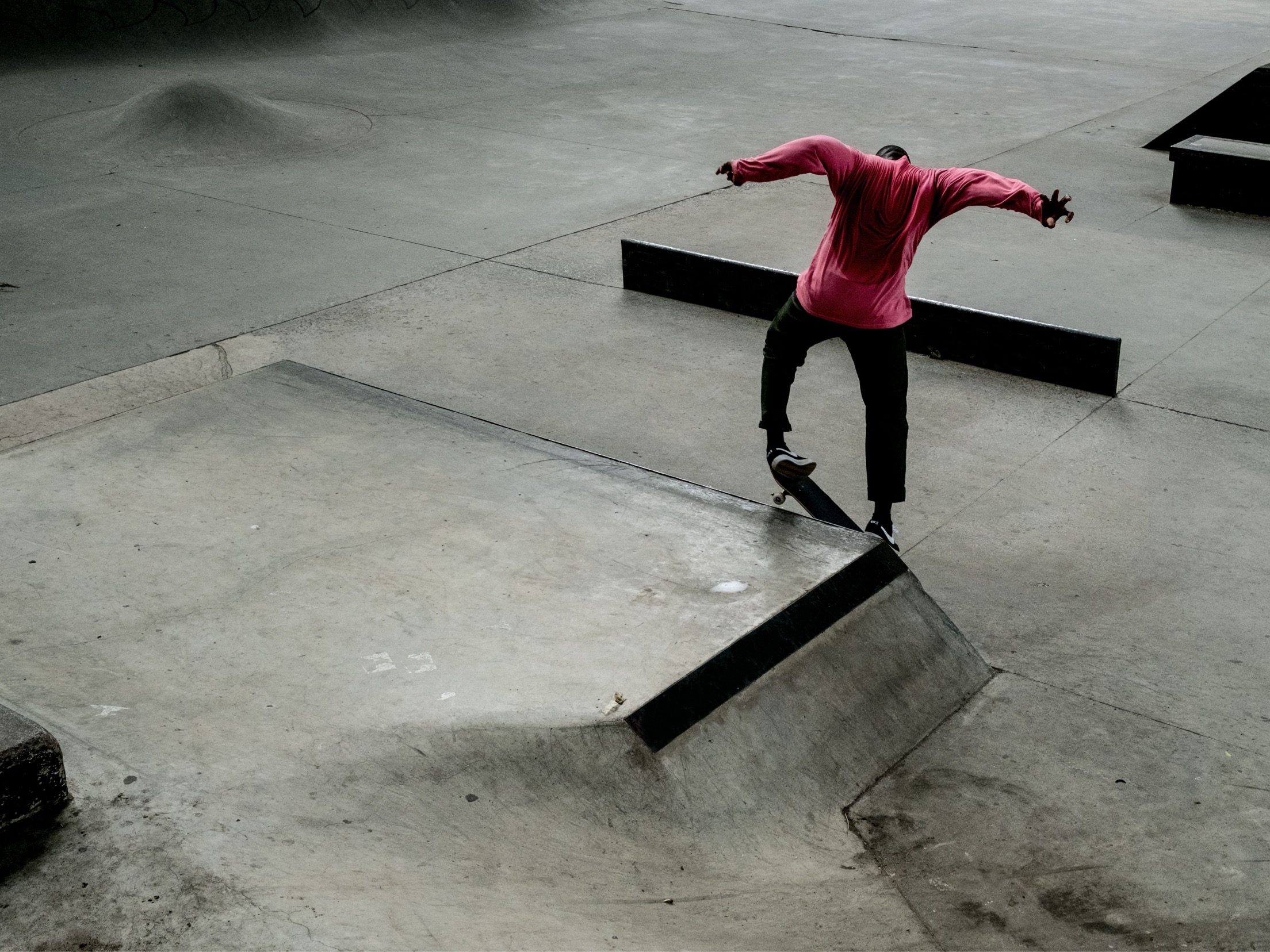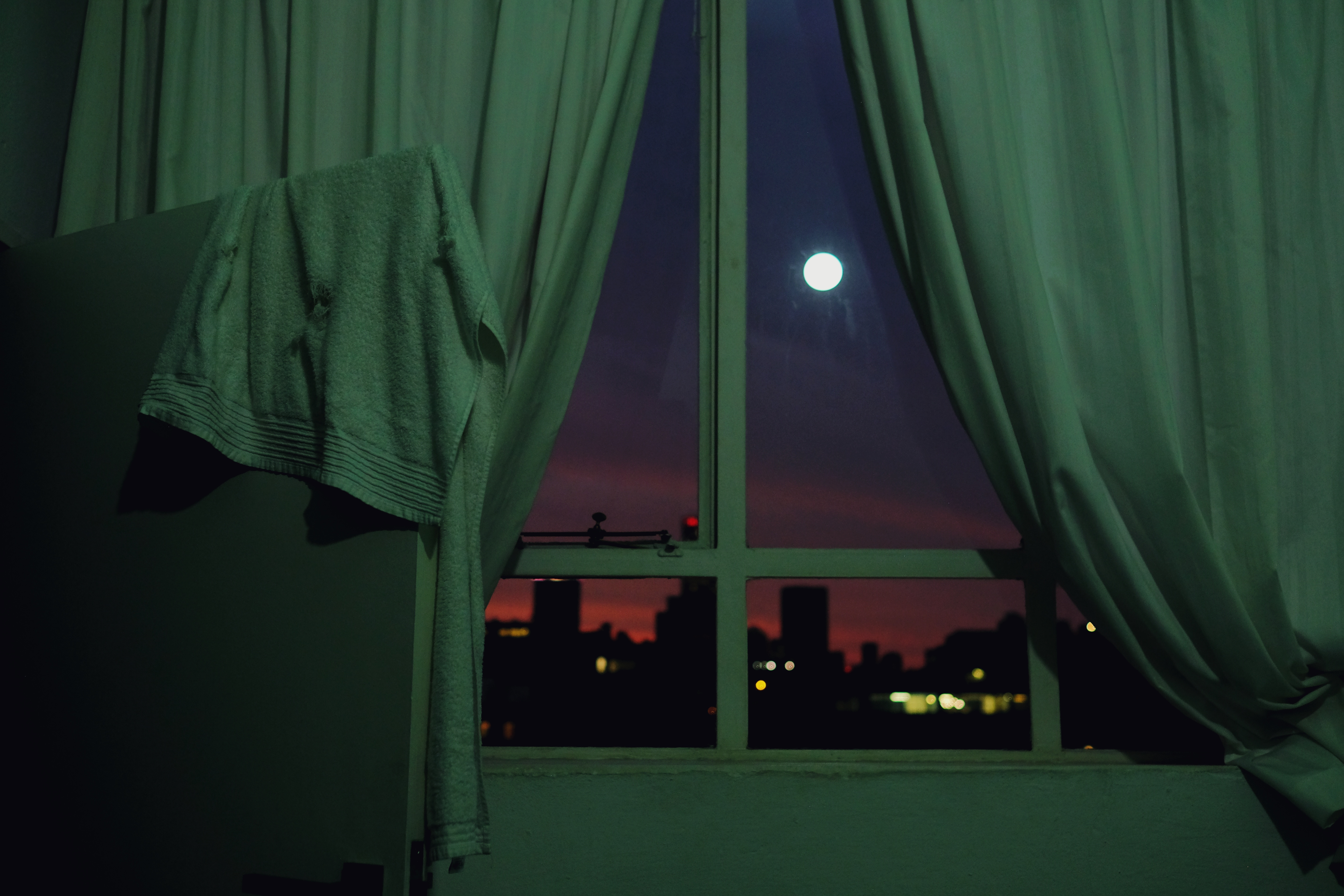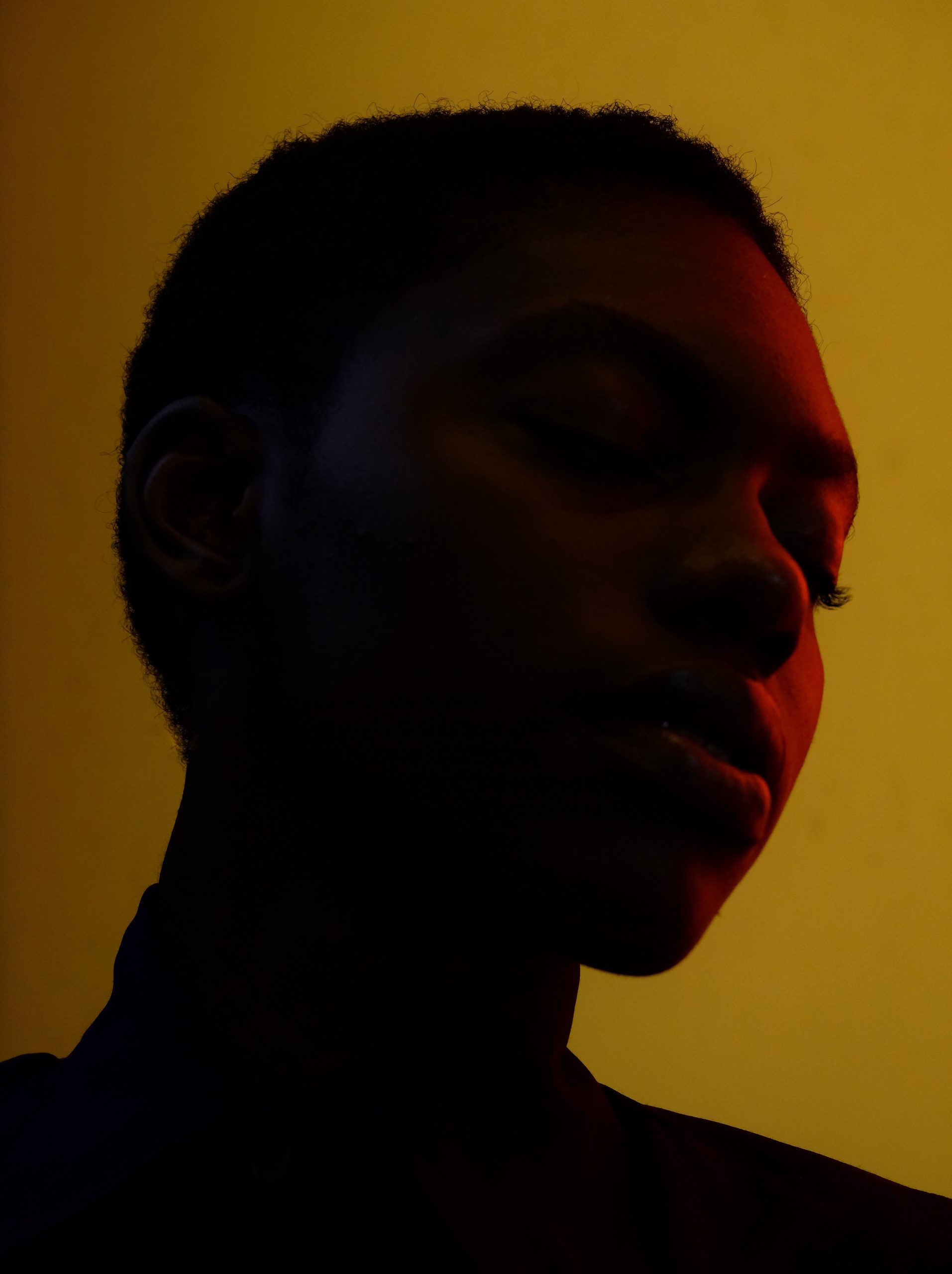Senay Berhe is a self-taught image creator from Stockholm, Sweden predominantly known for his work in the film industry. But what needs to be foregrounded among his other talents, is his still imagery. His creation of visual eye candy. Eye candy coated with deep depth of field, contrasted areas that melt into darkness, natural lighting and settings, traditional composition and rich tones. Silhouetted forms are lent a godlike stature with a magnificent glow around their faces, an appraisal of beauty perhaps? Moving away from his sweeping portraits, you are met with halting documentary images so vivid that they come across as the actual occurrence captured, not just a copy of real life.
His day-to-day profession as a film director has granted him access to the world as a traveler and he has thus been able to create images in New York, across African cities, as well as in the city he grew up in.

Fixated with images ever since he can remember, he was determined to find a career related to their production. Affirming his passion for the still image he expresses, “It was about two years ago that I really fell in love with photography again. I always loved photography and had been shooting occasionally, but now I’m obsessed with it and shoot every day. I set a goal a year ago: to at least take one photo a day that I’m satisfied with.”
The first moments of documentation started taking hold of his creative being as a teenager. He was driven by a desire to document the graffiti and skateboarding culture that influence him. Senay reveals his current image creation tools to me as a Fuji X 2 pro, a 23mm (35mm) f/1.4 lens that he prefers for low lighting conditions and portraiture work.

“I see my own photography as visual poetry and my work often surrounds or reflects my own emotions. It allows me to communicate what I don’t say in words. I’m quite interested in the mundane, ordinary everyday life situations and finding the beauty and surrealism in that. I look for details and tend to shoot a lot of urban life. Maybe because that’s how I live.” Senay’s imagery flows in a painterly fashion and conveys strong heart felt emotions. Emotions that are representative of his ability to identify with the people he portrays with immense dignity.
Reflecting on his practice Senay explains that he regards it as an act of documenting the now for the future. He sees his photographic work as an attempt at understanding himself and the world around him. “It makes me stay curious and takes me places, forces me to interact with people, and allows me to challenge myself, my perceptions and my beliefs.”

Senay highlights the qualities that he looks for in an image to me as beauty and simplicity. He goes on to say that he is speaking about how his subject relates to their surroundings in that moment, as well as the quality of light. “I love shooting documentary because of the element of surprise, and that’s always what I’m trying to recreate when creating an image. The aim has always been to make it feel as natural as possible, with a human touch and sensibility.”
Senay’s photographic work can be regarded as a personal documentation of the world he sees around him. His images are powerful due to the fact that they carry real emotion and a human touch and sensibility. His creation of literal eye candy, makes it difficult to look away from them or forget them. The rich tonal values combined with immense contrast are indicative of his subjective view oozing with emotion. Senay’s work is a feeling.
He will be having an exhibition of his work in the beginning of April in Stockholm.









